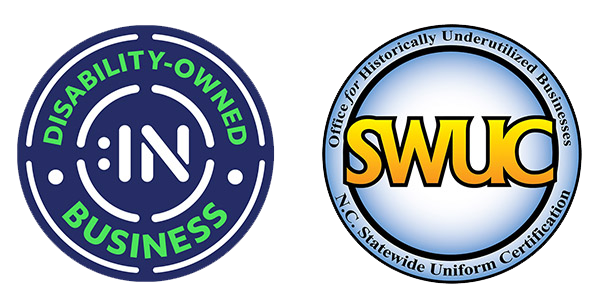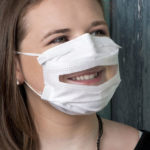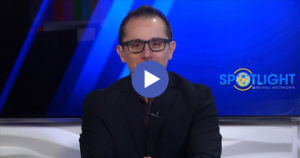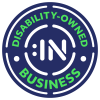ADA and Facemask: Are you ADA-Effective?
June 19, 2020 2021-06-25 20:06ADA and Facemask: Are you ADA-Effective?
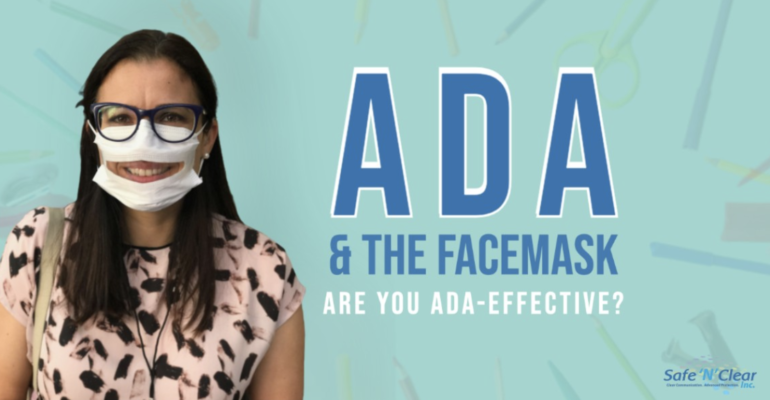
ADA and Facemask: Are you ADA-Effective?
By Dr. Anne McIntosh and Randi Howell
Schools across America saw something unprecedented occur this past Spring 2020 semester: closing schools and sending teachers and students home due to COVID-19 pandemic. With the 2019-2020 academic school year finished for most educational institutions, school officials are scurrying to find Personal Protective Equipment (PPE) so they can be ready to open in August/September if mask requirements are still being recommended or required.
What constitutes a mask?
With the supply well below the demand, we have seen lots of mask manufacturers pop-up overnight and even people making masks in their homes. To be clear, NOT all masks are created equal. Throughout the Coronavirus pandemic, there has been discussion and the encouraged use of large scale mask usage. While the concept is meant to keep people safe, conventional mask usage is creating barriers for visual communications and special needs such as faculty/students who are deaf and hard-of-hearing, those who are on the autism spectrum, and/or those who rely heavily on visual cues.
Not all masks are created equal.
Being ADA-compliant and meeting IEPs is critical for k-12 schools, colleges, and universities. Conventional masks obstruct visual cues and interfere with the cultural norms we have in listening which says, “look at me when I am talking to you.” During the time that PPE is being encouraged and/or required, educational institutions need to consider how they can remain ADA compliant with their PPE so special needs populations with faculty/staff and students are met.
Being ADA-compliant and meeting IEPs is critical for k-12 schools, colleges, and universities. Conventional masks obstruct visual cues and interfere with the cultural norms we have in listening which says, “look at me when I am talking to you.” During the time that PPE is being encouraged and/or required, educational institutions need to consider how they can remain ADA compliant with their PPE so special needs populations with faculty/staff and students are met.
The Communicator mask with clear window is an ADA-compliant mask designed to assist:
- Educators: who serve students diagnosed with autism spectrum disorder (ASD). Familiarity and seeing facial expressions will help to keep their routines less disruptive. Students who are deaf or hard of hearing tend to benefit from reading lips or seeing facial expressions.
- Interpreters: Foreign and Sign Language interpreters know that facial expressions are cultural norms that are needed to help with linguistic cues and convey understanding. Sign language interpreters, in particular, need to be able to display non-ASL markers with facial expressions to bring clarity/accuracy to their signing.
- Communication Sciences and Disorders/Interpreter Programs: There are graduate programs where sign language interpreters need to perform internships and they will need mask protection while performing in public.
- Medical, Nursing, Dental programs: that have deaf and hard of hearing students enrolled; surgical rotations, for example, will need to have ADA-accessible masks so that the medical providers can communicate effectively with their patients. There is a professional organization, the Association of Medical Providers with Hearing Loss (AMPHL) in which medical providers with hearing loss work; with COVID-19, mask protection has grown outside the Operating Room which has affected their ability to communicate effectively. Communicator masks are FDA approved and allow facial expressions to be seen so lipreaders can communicate more effectively. Communicator masks are MADE IN USA.
- Speech-language pathologists: To do speech therapy, clients need to see the speech therapist’s mouth. Facial expressions will be important for working with those who have apraxia, aphasia, autism, cerebral palsy, deafness, central auditory processing issues.
As many parents working with their students during COVID-19 learned, teaching is NOT easy or for the faint-hearted; teachers need tools/resources and the absence of barriers to work their magic in the educational arena. Conventional masks put up barriers that will negatively impact the learning process and disrupt the teacher/student rapport as communication gets misinterpreted from lack of seeing facial cues.
All of us need all the tools and help we can to navigate the world with clear communication. The Communicator mask will provide mask protection without the added barriers that conventional masks possess.
For more information, visit safenclear.com.
Purchase Online
Featured Deaf Leader
Recent Articles
